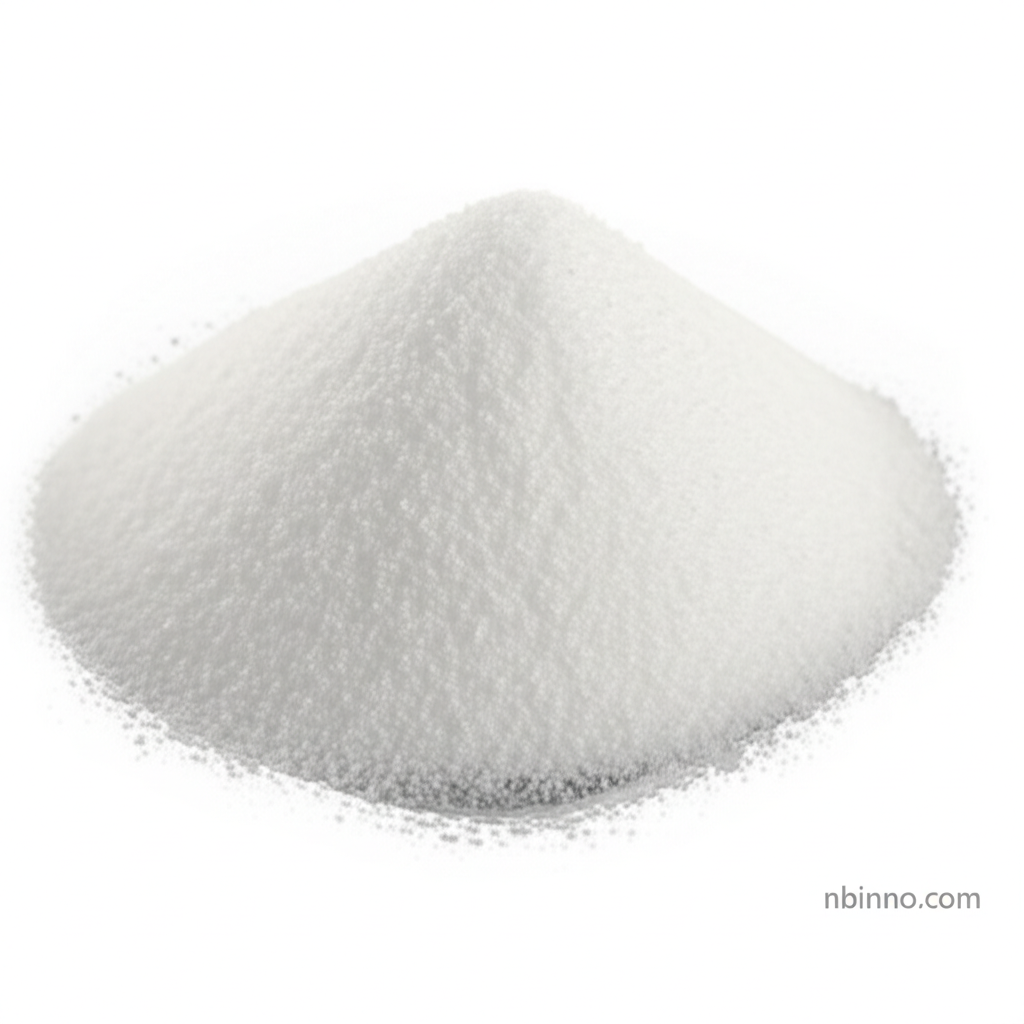Cellulose Triacetate (CAS 9012-09-3): Properties, Applications, and Industrial Significance
Discover the unique characteristics and diverse applications of Cellulose Triacetate, a key polymer in advanced material manufacturing. Learn why it's a preferred choice for film bases and specialty fibers.
Get a Quote & SampleProduct Core Value

Cellulose Triacetate
As a leading supplier in China, we offer Cellulose Triacetate (CTA), a significant derivative of cellulose produced through acetylation with acetic anhydride. With its CAS number 9012-09-3 and molecular formula C40H54O27, CTA is recognized for its granular texture and appearance, ranging from white to light yellow. Its notable heat resistance and superior optical clarity make it a preferred material for demanding applications, especially in creating high-quality film bases. We are a trusted manufacturer in China, providing consistent quality and reliable supply for your production needs.
- Explore the diverse Cellulose Triacetate applications, including its use in photographic film bases, significantly benefiting the imaging industry.
- Understand the key Cellulose Triacetate properties, such as enhanced heat resistance, which sets it apart from conventional cellulose acetate.
- Learn about the advantages of using Cellulose Triacetate in fiber production, noting its exceptional wrinkle resistant qualities and ease of care.
- Discover why Cellulose Triacetate CAS 9012-09-3 is a crucial component for specialized films like those used in LCD displays.
Key Advantages
Superior Heat Resistance
Cellulose Triacetate offers significantly higher heat resistance compared to cellulose acetate, making it ideal for applications requiring thermal stability. This property is crucial when considering Cellulose Triacetate applications in demanding manufacturing processes.
Exceptional Optical Clarity
The material's high optical clarity is a critical advantage, essential for its use in photographic film bases and specialized display technologies. This ensures crisp and clear imaging for all Cellulose Triacetate applications.
Durable Fiber Properties
When processed into fibers, Cellulose Triacetate exhibits excellent wrinkle resistance and wrinkle retention. This characteristic simplifies garment care and maintains aesthetic appeal, making it a valuable material for the textile industry.
Key Applications
Photographic Film Bases
Cellulose Triacetate is a primary raw material for producing photographic film bases. Its properties contribute to the longevity and quality of photographic images. Understanding Cellulose Triacetate applications is key for this sector.
LCD Display Films
The high optical clarity and thermal stability of Cellulose Triacetate make it indispensable in the manufacturing of specialized films for LCD projectors and displays, a vital aspect of modern electronics.
Textile Fibers
CTA fibers are valued for their wrinkle resistance and ease of care, often incorporated into apparel where pleat retention is important. This showcases the versatility of Cellulose Triacetate properties.
Aerospace and Industrial Materials
Its robust chemical and physical characteristics also lend Cellulose Triacetate to use in aerospace components and industrial membranes, highlighting its broad applicability beyond traditional uses.
